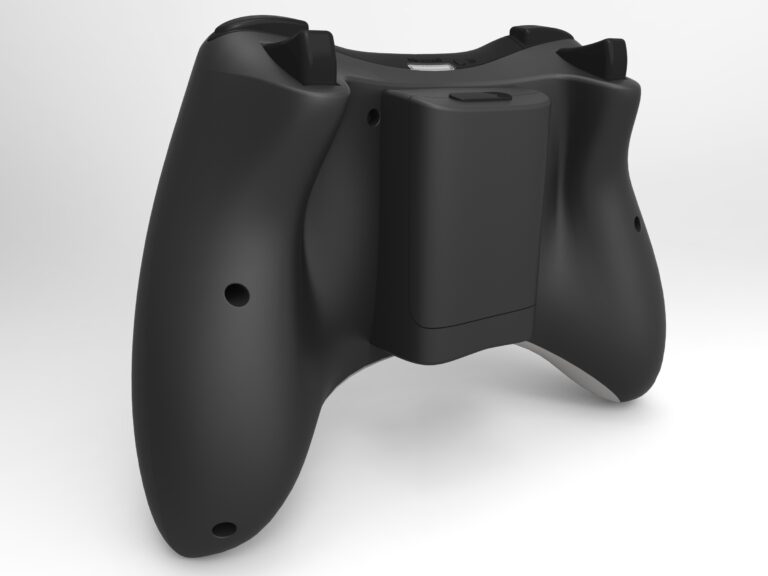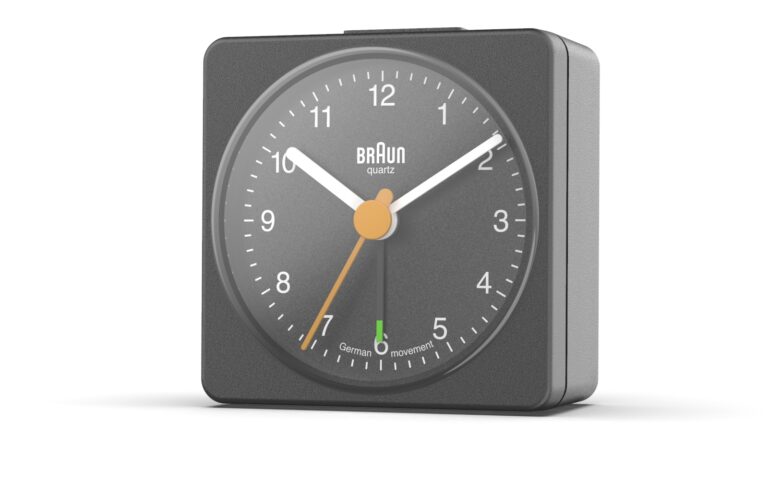Rendering with Rhino & Keyshot
Description
This course is all about taking your knowledge of Rhino and pushing you to create photorealistic renderings using Keyshot. Rhino has a multitude of tools for adding the small details needed to make a believable rendering. In this course, you will also learn what details can be added in Keyshot like texture maps, transparencies, labels, and materials. On top of these model details, Keyshot has a wealth of lighting and rendering options that will enhance realism and make your design pop.
While Rhino does include rudimentary rendering options within the program, to really make your 3d models sing it’s crucial to learn how to render them using Keyshot. This course add-on will show you how to prepare your model for easy importing into Keyshot, plus more advanced techniques like importing in-scene lights made in Rhino and creating a path for an animated camera.
In this course, you will also learn what details can be added in Keyshot like texture maps, transparencies, labels, and materials. On top of these model details Keyshot has a wealth of lighting and rendering options that will enhance realism and make your design pop.

Topics

In this class participants will learn the basics to Keyshot rendering. This includes the basics of materials, lighting, and simple animations.
Students will grasp the basics to Keyshot and real time rendering in relation to Rhino modeling.
- Model Import
- Setting up a model to render
- HDRI Environments
- Animations
- The Keyshot interface and features
- Duplicating a model in Keyshot
- Setting up your model for easy manipulation
- Materials, textures, and lighting
- Techniques used only for rendering
- The difference between modeling for manufacturing vs modeling for rendering
- Setting up a render Queue
- Advanced setups: network rendering
Duration
16 hours = $1650 or
40 hours = $2850 combined with Rhino for Beginners as a 5-day course
Prerequisites
Experience with Rhino software (Participants must be able to build a model to render it) or completion of Rhino for Beginners
Discussion
- Render realistic glass and other transparent/translucent materials
- What it takes to create a realistic rendering through lighting techniques, materials, and decals
- When to stop adding detail and move into Keyshot
- Workflows for moving between Rhino and Keyshot
- Enhancing your rendering by creating a scene with props

Projects
Models and examples: Models in the course can come from a wide variety of examples. All of our workshops are customizable to your needs and interests. Bring your own projects to have one of our instructors assist you.
Video Training Delivery System
Ask your Design Engine account manager about our Training Delivery System(TDS), an easy-to-follow guide for designers and engineers who want a supplement to this course.
